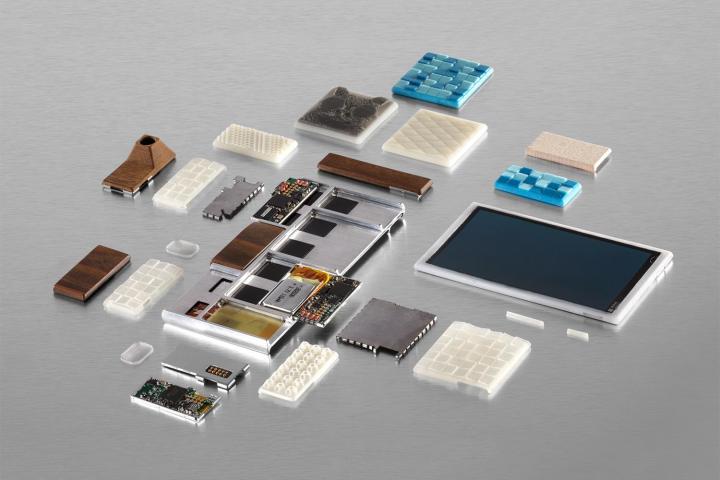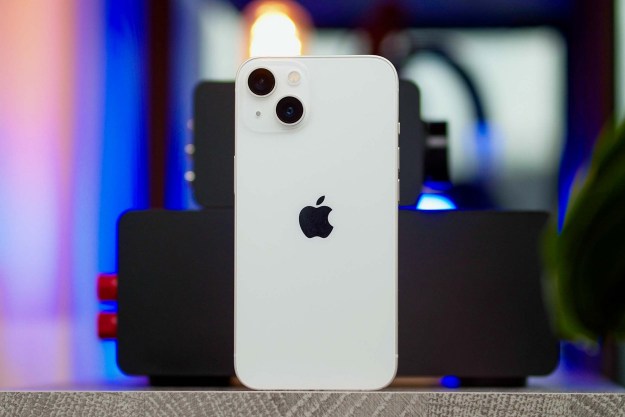
The news was shared by Eremenko during the Linaro Connect conference keynote presentation, when a few other interesting details about Project Ara were also revealed. First, it’s confirmed the phone will run Android L, the next major version of Google’s OS. However, it’ll be a custom edition developed in conjunction with open source software experts Linaro, rather than the stock version we expect to see on future Nexus hardware.
It’s not surprising. Project Ara’s modular nature will inevitably require some fancy software, and the special version of Android L will make it possible to swap out different components without powering off the phone. We’re told everything except the processor and the screen will work this way, opening up a whole new world of possibilities for the phone.
Again, it was reiterated that components for Ara will be sold through an online store, much like Google Play. Combine this with the hot-swappable components, and the scale of what could be possible with Ara becomes clear. From changing camera lenses on the go, to adding in modules for scientific or medical purposes when the need arises, Ara could be the only phone anyone will ever need.
That’s certainly Google’s intention. During the keynote, Eremenko talked about making Ara “affordable and aspirational.” The basic model would be cheap to buy, but by offering incredible add-ons, the phone could become a high-end device if you’re willing to splash out on components. This approach neatly sidesteps the problem of having to make many different devices to cater for all needs. Why not just make one, and let the owner customize it?
The second Ara developer conference will take place in December, when we’ll get our first proper look at this exciting new device.
Editors' Recommendations
- How Android 14 is Google’s secret weapon to make Android tablets great
- Google is making Android better for the visually impaired
- Android 12L is available, but you can’t use it on any tablets
- Custom UIs could make or break Google and Samsung’s Wear smartwatch software
- Android 11 update: Here’s when your phone is getting new software



